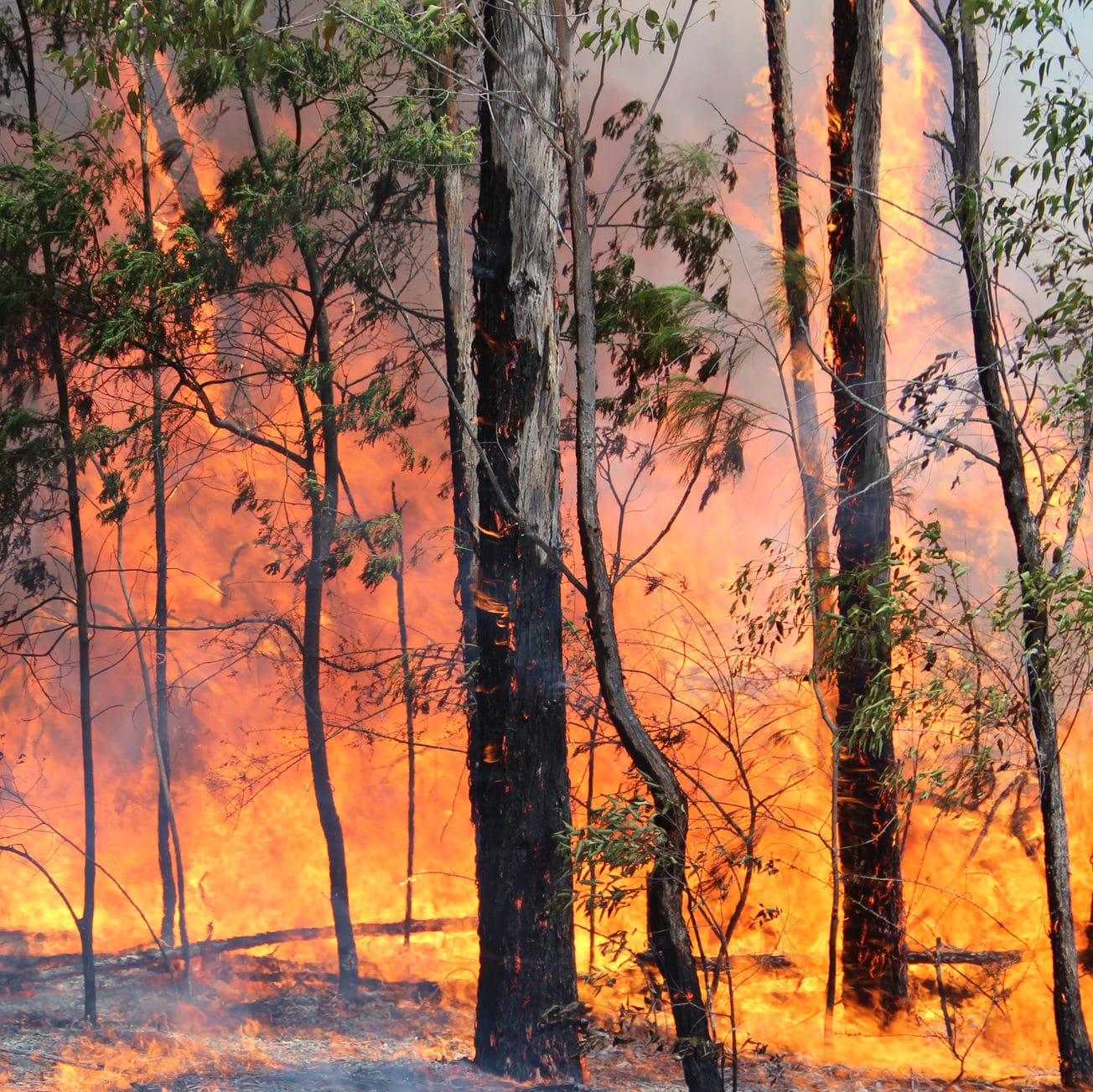Drought sets the scene for bushfire disaster
On the back of one of the worst droughts in NSW history, the weather bureau today warned that Australia faced double the usual chance of an El Nino developing this spring, which would bring even less rain and more heat. BONNIE BRYSON reports

http://gty.im/1005111978
Forest fires in Sweden were an unusual even in an unusually hot year.
By BONNIE BRYSON
New South Wales is in the grips of one of the worst droughts in its history with experts predicting a dangerously hot summer ahead.
The Bureau of Meteorology today warned there was a 50 per cent chance of an El Nino forming this spring – twice the usual risk – which would mean less rainfall, higher temperatures and increased fire danger.
The Bushfire and Natural Hazards Research Centre bushfire outlook, released this month, also warned that the coming Australian fire season was likely to start earlier than usual because of the warmer and drier conditions.
Australian Forest and Climate Association coordinator Frances Pike said the effects of deforestation were also increasing the intensity of wildfires in Australia.
“Forests all over the mid-north coast have been turned into stick forests that are now going to be highly flammable because they’ve lost their cooling canopies,” she said.
She said she had serious concerns about global warming and its impact on wildfire activity.
“We need absolutely zero emissions in the atmosphere, N.O.W. Now,” she said.
5 ways to reduce carbon emissions, according to the Australian Climate Council:
1) Walk, cycle or use public transport
2) Eat less red meat
3) Choose a bank that doesn’t invest in fossil fuels (ie Bank Australia)
4) Don’t waste food
5) Use your energy efficiently
Australia isn’t alone in experiencing extremely high temperatures. Severe heat across Europe and North America this summer ushered in catastrophic bushfires in California, Canada, Sweden and Greece, with a number of fatalities.
http://gty.im/1005114744
Fires in Greece in July claimed 100 lives.
According to World Weather Attribution, many countries in Europe including France, Sweden, the UK, Siberia and Greece are experiencing their hottest years on record.
Monash School of Earth, Atmosphere and Environment Associate Professor Dietmar Dommenget said it was very rare for wildfires to surround the Arctic Circle.
“There are no climate models that predicted this or that predict that there will be more in the future,” he said.
World Weather Attribution chief researcher Friederike Otto said heat of this magnitude was an urgent priority.
“There is no doubt that we can and should constrain the increasing likelihood of all kinds of extreme weather events by restricting greenhouse gas emissions as sharply as possible,” he said.





